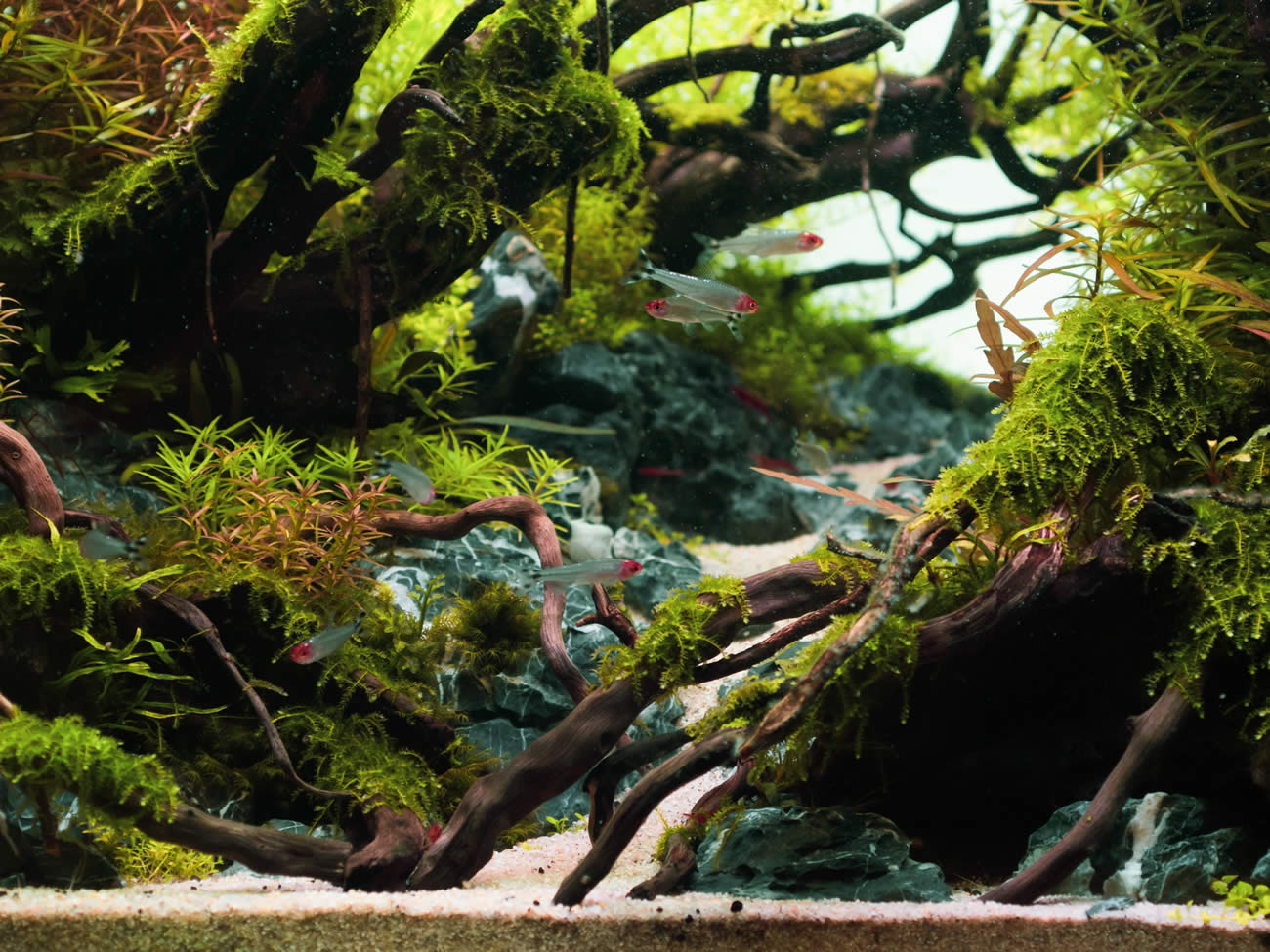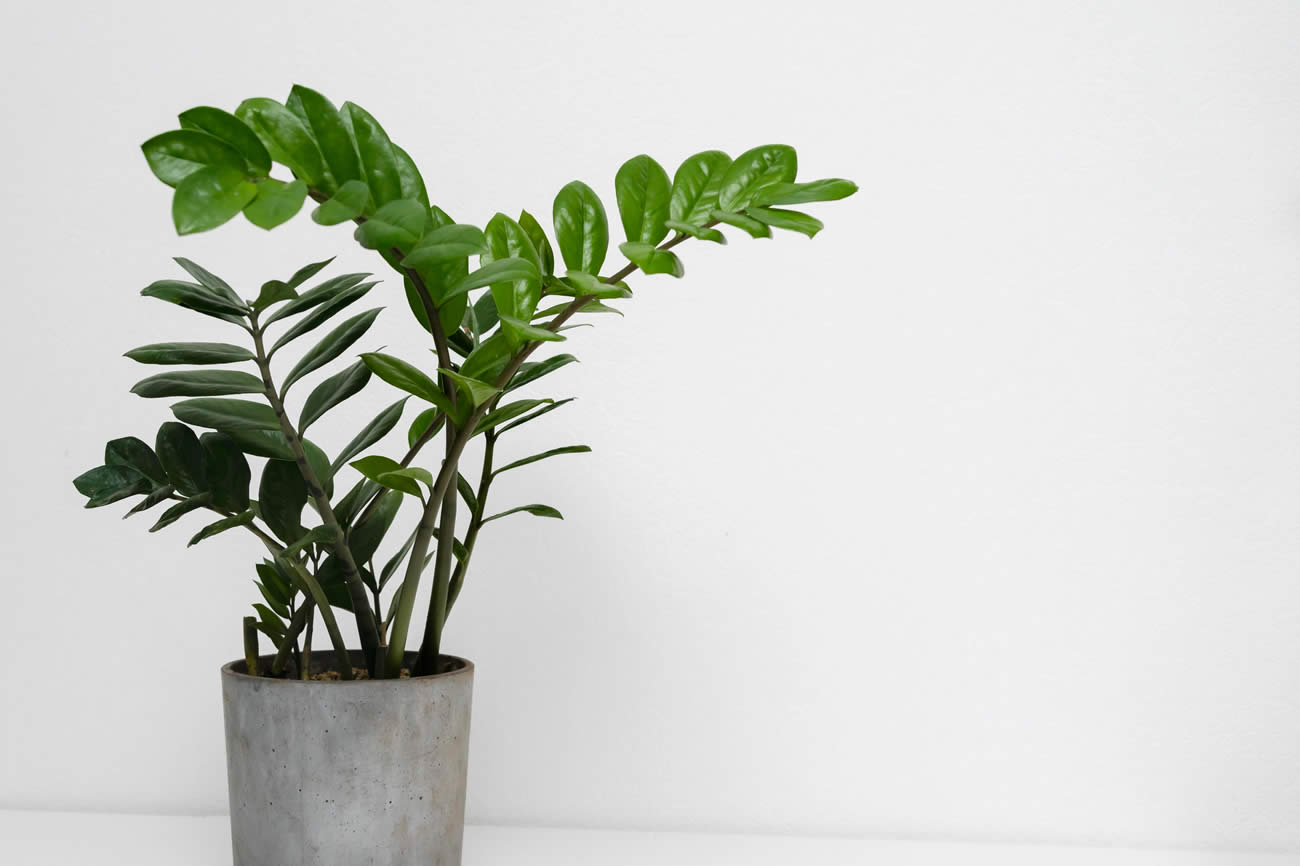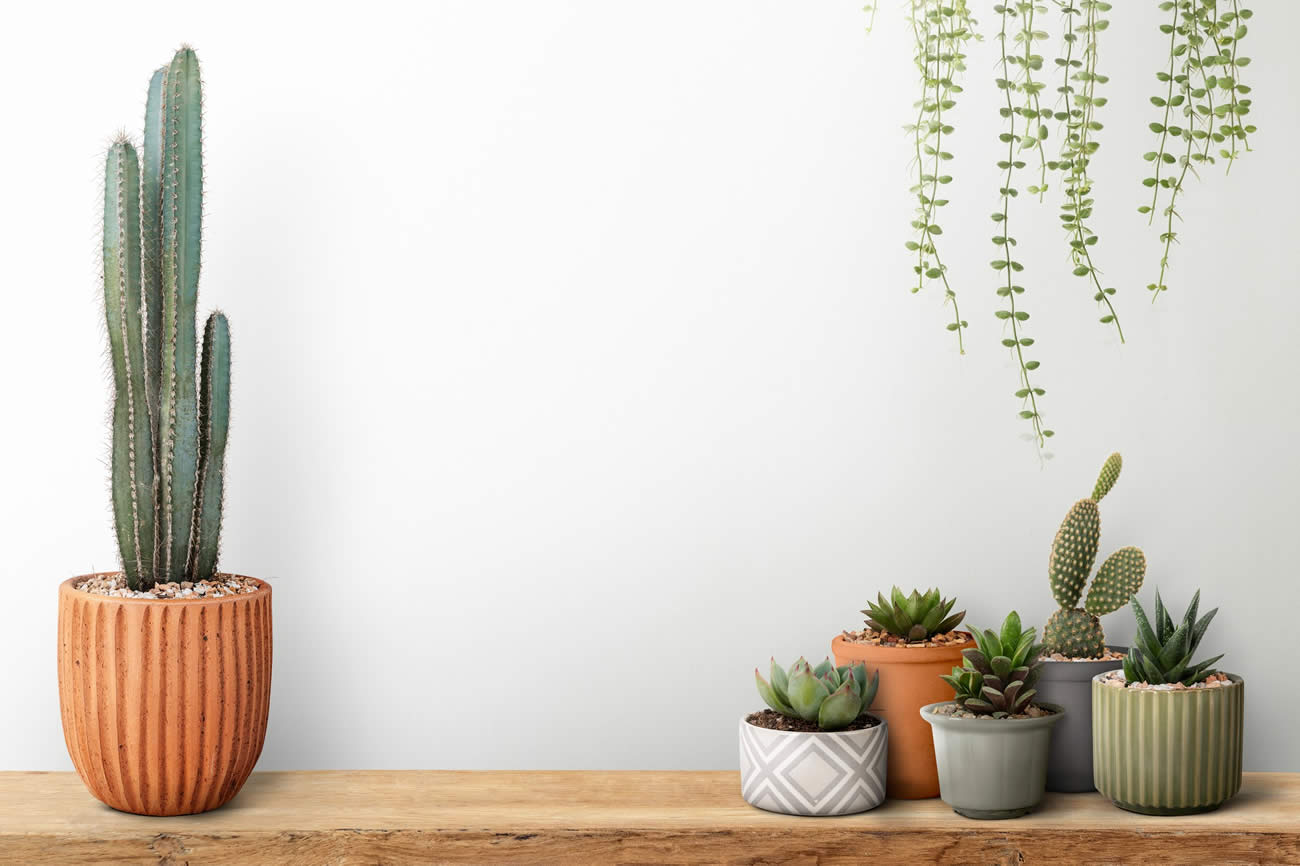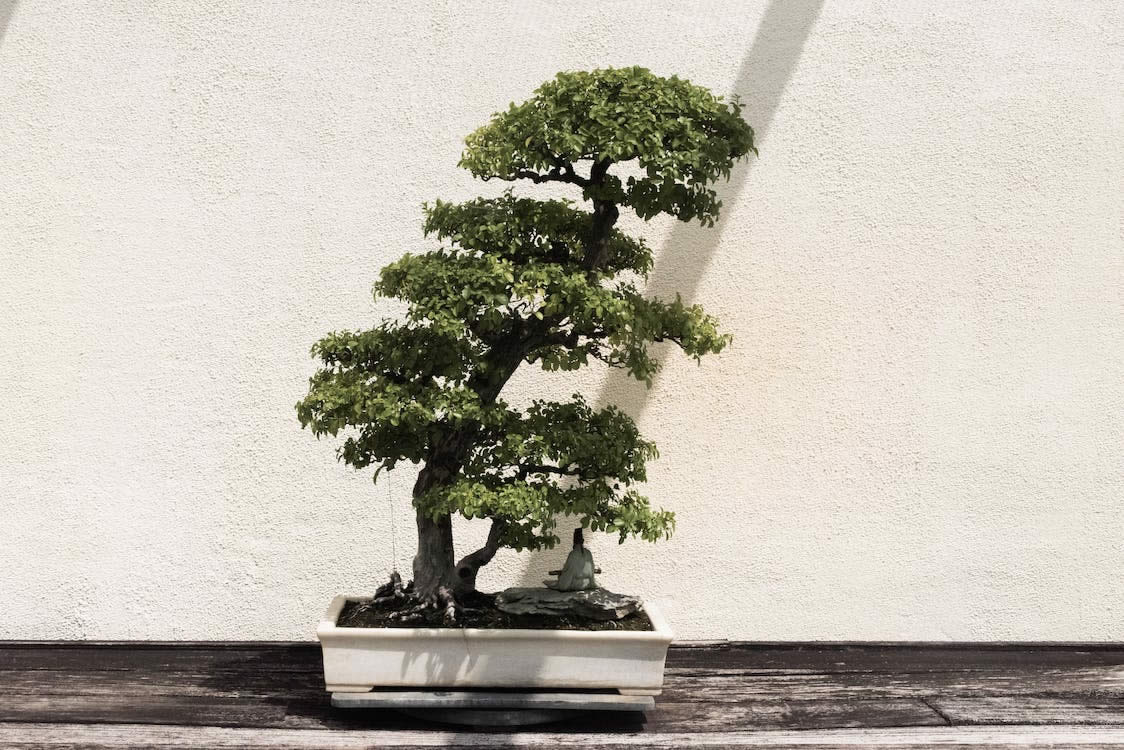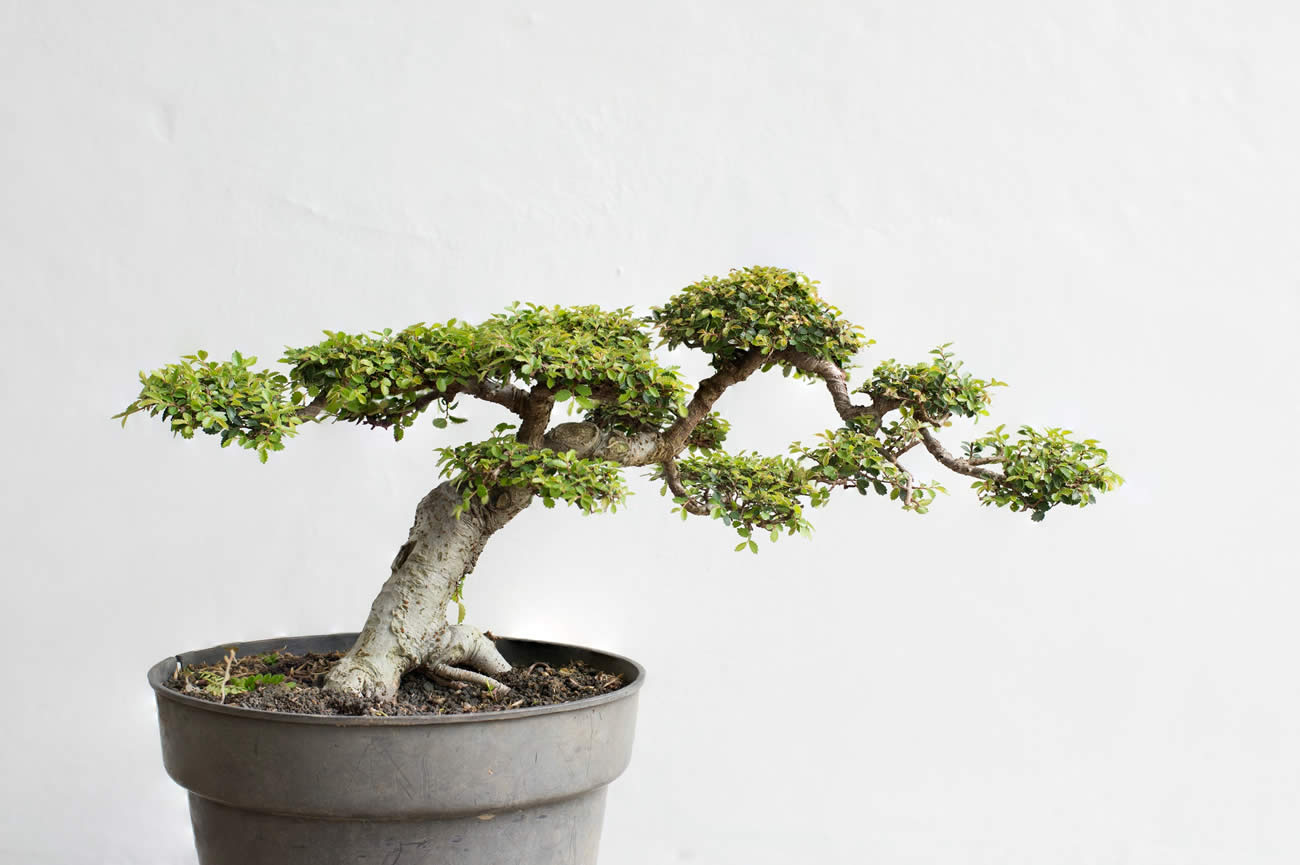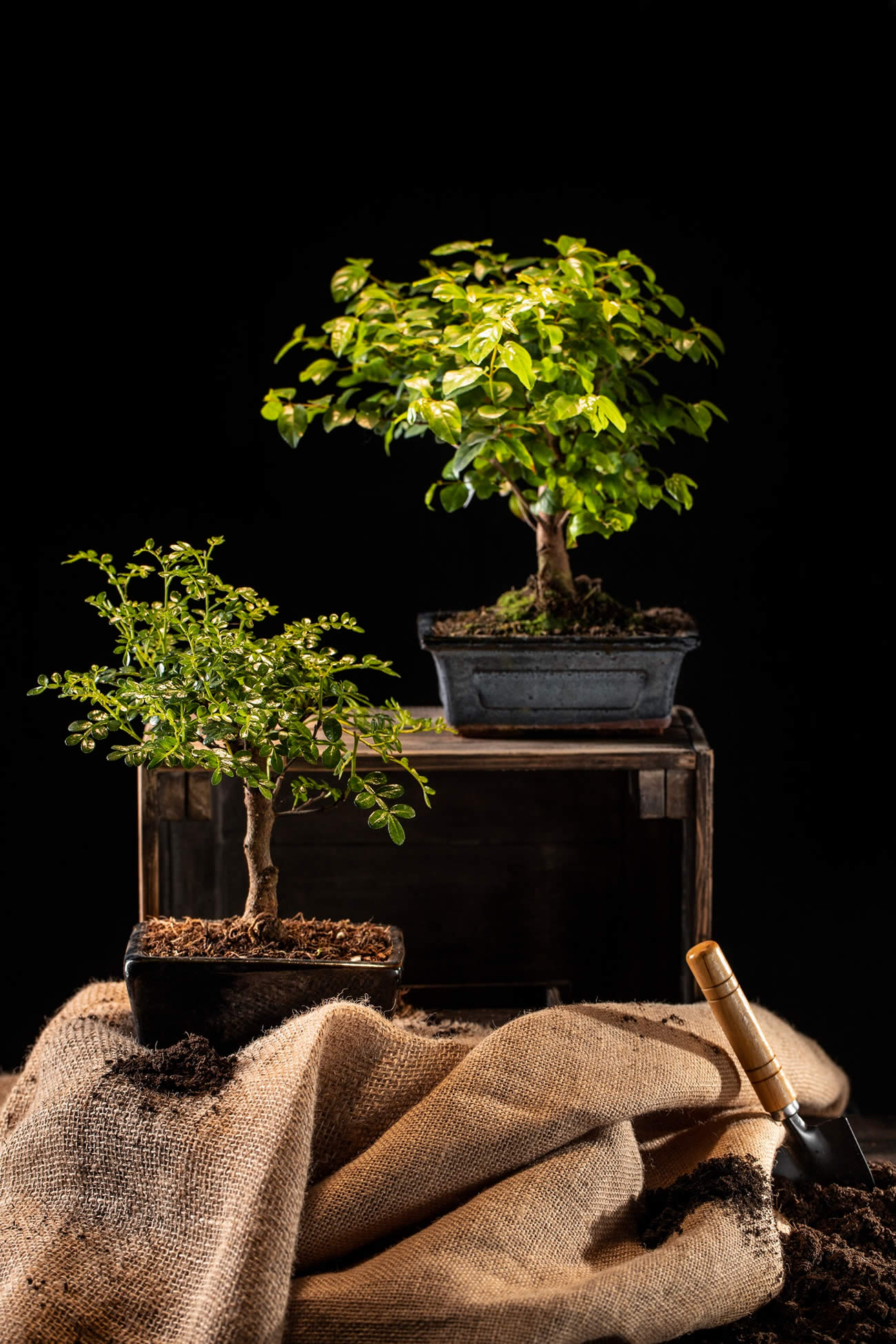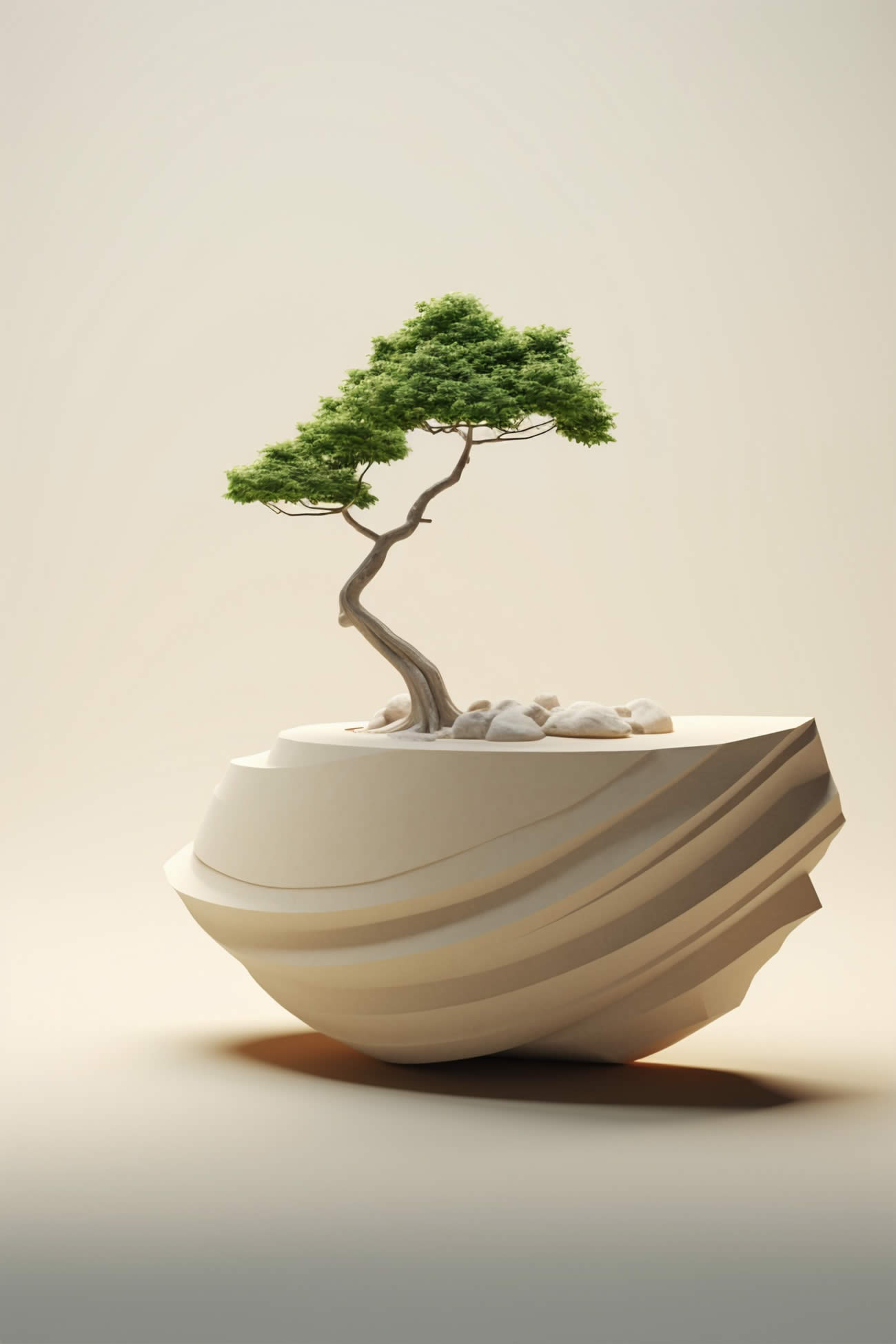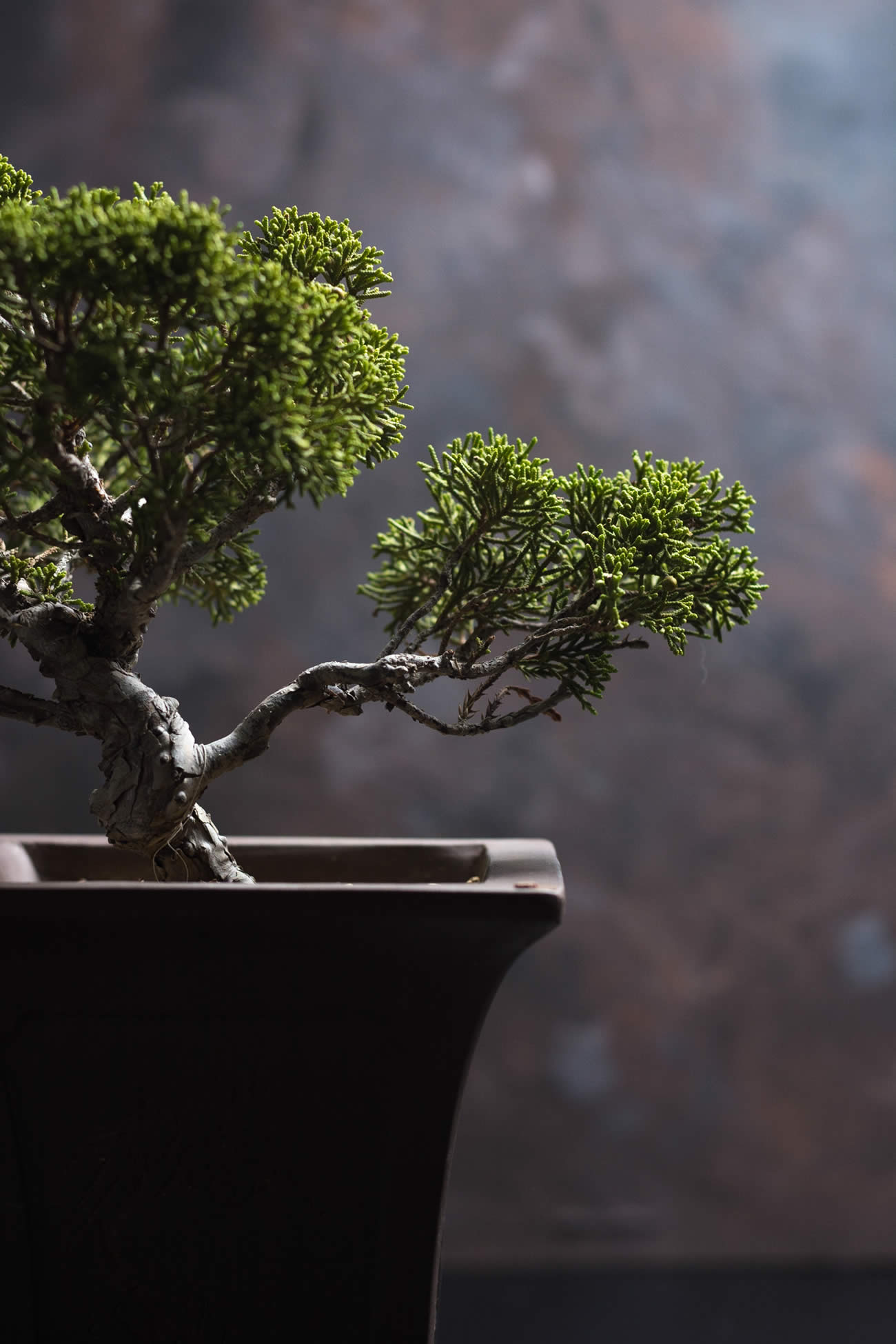Bonsai trees, with their exquisite miniature size and artistic beauty, possess an awe-inspiring ability to live for hundreds of years. These ancient living wonders are not only cherished by enthusiasts and experts, but they also hold the potential to grow and thrive well into old age, defying the passage of time. In fact, nestled in Japan, the birthplace of bonsai, a remarkable testament to the enduring nature of these botanical treasures can be found. It is a bonsai tree that has gracefully stood for over 1,000 years, a living relic that continues to captivate and inspire generations.
As we marvel at the longevity of these resilient trees, scientists speculate that their enduring spirit could potentially allow them to endure for well over 2,000 years. Imagine the profound impact they would continue to have, captivating hearts and minds for countless generations to come. The legacy of these bonsai trees, rooted in their remarkable longevity, serves as a symbol of nature’s artistry and the timeless beauty it bestows upon our world.
[cp_popup display=”inline” style_id=”32773″ step_id = “1”][/cp_popup]
The average life expectancy of a meticulously cultivated bonsai tree typically falls between 25 to 40 years, representing a testament to the enduring nature of these miniature masterpieces. Nevertheless, it is worth noting that certain bonsai species have been known to surpass these expectations, with documented cases of them gracefully gracing this world for hundreds of years.
The awe-inspiring longevity of these botanical wonders can be fully realised through the unwavering commitment and tender care bestowed upon them by their devoted guardians. By meticulously attending to their specific needs and providing the right balance of nourishment, light, and meticulous pruning, one can unlock the true potential of these extraordinary living artworks, ensuring their continued growth, vitality, and enchanting beauty for generations to come.
There are many factors that can affect how long a bonsai tree will live, like how you look after your bonsai tree:
Different species exhibit varying levels of hardiness, with some possessing the innate ability to thrive in nearly any environment, while others necessitate specific conditions for their optimal growth and survival. The care provided to a plant significantly impacts its longevity. When you diligently tend to your plant’s needs, ensuring it receives an adequate amount of water, sunlight, and nutrients, you enhance its chances of flourishing and reaching its full potential.
Moreover, creating a conducive environment by maintaining the right temperature and humidity levels can further support the plant’s growth and overall well-being. Conversely, neglecting or failing to provide the necessary elements for a healthy existence can result in a shorter lifespan for the plant, as it may become more susceptible to diseases, pests, and environmental stressors.
Therefore, by understanding the specific requirements of each plant and tailoring your care accordingly, you can foster a thriving and vibrant ecosystem within your own space, creating an environment where plants can thrive and bring joy to your surroundings.
Location — Where you keep and repot your bonsai tree also has an impact on its lifespan.
How you trim your bonsai tree is also important to its long-term health.
How Long Does A Bonsai Tree Live?
Bonsai trees, renowned for their captivating beauty, can endure for numerous years, with exceptional specimens persisting for centuries. The lifespan of a bonsai tree is influenced by a myriad of factors, including the species of the tree, the meticulousness of its care, and the environment it resides in.
Certain species of bonsai trees, like the juniper and pine, possess the potential to thrive for hundreds of years, their longevity a testament to their resilience. These ancient juniper and pine bonsai trees, with their gnarled trunks and delicately pruned branches, have stood witness to countless seasons, their enduring presence inspiring awe and appreciation for the passage of time.
On the other hand, species such as the ficus and maple exhibit relatively shorter lifespans, yet still grace our world for many fruitful decades. These ficus and maple bonsai trees, with their intricate root systems and vibrant foliage, bring bursts of color and life to any space they occupy. Although their time with us may be shorter, they make a lasting impact, reminding us of the ephemeral beauty of nature.
In the world of bonsai, each tree tells a unique story, shaped by its species, care, and surroundings. Whether it be a centuries-old juniper or a vibrant maple, these miniature masterpieces continue to captivate and enchant, connecting us to the wonders of the natural world and reminding us of the intricate balance between strength and fragility.
Proper care is essential for a long bonsai life. Bonsai trees need regular watering, fertilising, and pruning. They also need to be protected from pests and diseases. If a bonsai tree is not properly cared for, it will not live as long as it could.
The environment in which a bonsai tree is grown plays a vital role in determining its lifespan. Bonsai trees thrive when they are placed in a location that receives an abundance of sunlight, as this provides the necessary energy for photosynthesis and overall growth. Additionally, proper drainage is crucial to prevent waterlogged soil, which can lead to root rot and other detrimental conditions.
Furthermore, bonsai trees should be shielded from extreme weather conditions, such as strong winds, heavy rain, or severe temperatures, as these can cause stress and damage to the delicate foliage and branches. By carefully considering these factors and providing an optimal environment, bonsai enthusiasts can ensure the longevity and health of their cherished trees.
With proper care and in a favourable environment, a bonsai tree can live for many years and you can even revive a bonsai tree. Some of the oldest bonsai trees in the world are over 1,000 years old.
Here are some tips for helping your bonsai tree live a long and healthy life:
- Choose a species of bonsai tree that is known for its longevity.
- Provide your bonsai tree with the proper care, including regular watering, fertilising, and pruning.
- Protect your bonsai tree from pests and diseases.
- Grow your bonsai tree in a location that receives plenty of sunlight and has good drainage.
- Protect your bonsai tree from extreme weather conditions.
With proper care and attention, your bonsai tree can become a cherished family heirloom that is lovingly cultivated and passed down for generations to come. The delicate pruning and shaping of its branches, the meticulous watering and feeding routine, and the serene beauty it brings to any space – all contribute to the legacy that your bonsai tree will leave behind.
Picture your future generations marvelling at the artistry and dedication that went into nurturing this living masterpiece as they continue the tradition of caring for this timeless symbol of nature’s grace and tranquillity.
Artificial Bonsai Trees
Artificial bonsai trees are an excellent choice for those who are looking for a more affordable alternative to the real thing. They come in a variety of shapes and sizes, ranging from mini trees that can be displayed in small vases to tall bonsai trees that will stand out in any room.
Artificial Bonsai Tree Materials
When it comes to artificial bonsai trees, the materials used can greatly vary depending on the specific type of tree you’re seeking and the vendor you choose to work with. While plastic is a commonly chosen material due to its realistic appearance, there are other options available if you’re willing to invest more. Wood, metal, and ceramic are also choices that can offer a unique and exquisite touch to your bonsai collection.
Wood, with its natural warmth and organic texture, adds a rustic charm to your bonsai display. It brings a sense of grounding and connection to nature, showcasing the beauty of the tree and enhancing its authenticity.
Metal, on the other hand, introduces a sleek and modern aesthetic to your bonsai collection. Its clean lines and polished surfaces create a contemporary look, making a bold statement that catches the eye and adds a touch of sophistication.
Ceramic, known for its delicacy and intricate designs, adds an element of artistry to your bonsai display. It allows for intricate detailing and a wide range of colors, enabling you to find the perfect match for your desired aesthetic. The fragility of ceramic also adds a sense of elegance and grace to your bonsai trees.
So, whether you prefer the natural warmth of wood, the sleekness of metal, or the delicate beauty of ceramic, there is a material that can perfectly complement your desired aesthetic and elevate the overall appeal of your bonsai collection.
Artificial Bonsai Tree Care Requirements
Artificial bonsai trees are remarkably low-maintenance once they are elegantly arranged in their designated display areas. To maintain their pristine appearance, a gentle cleaning routine is recommended. In the event that dust or dirt accumulates over time, a simple cleaning with warm water and mild soap will suffice. However, should you come across any signs of unwelcome mold or mildew on your tree, fret not!
A soft cloth dampened with a solution of white vinegar or baking soda (1 teaspoon baking soda per cup of water) will effectively remove any traces. For optimal results, it is advisable to clean your artificial bonsai tree approximately once a month, especially during the initial few months after purchase, until any residual oils have dissipated, ensuring its longevity and perpetual beauty.

